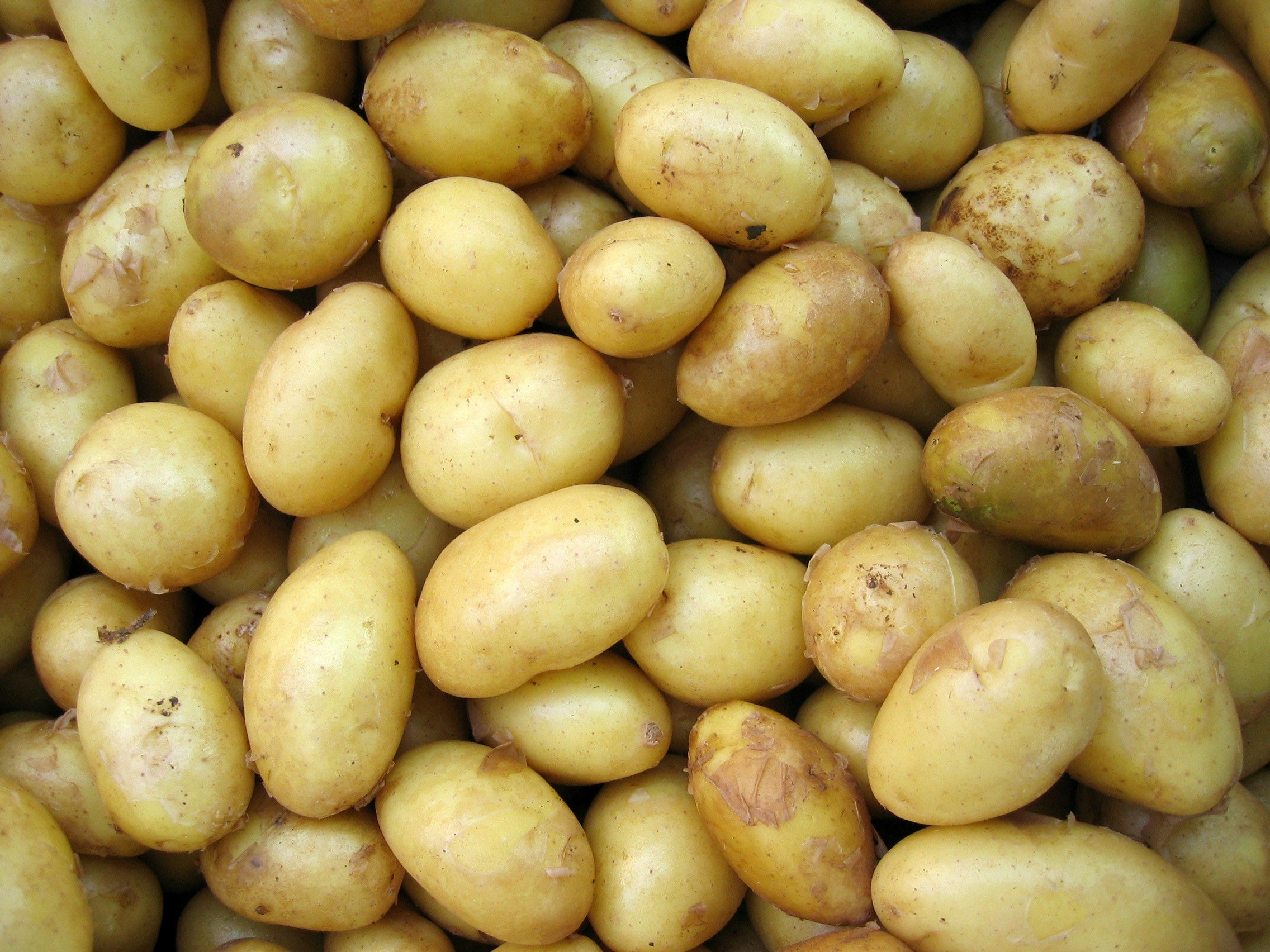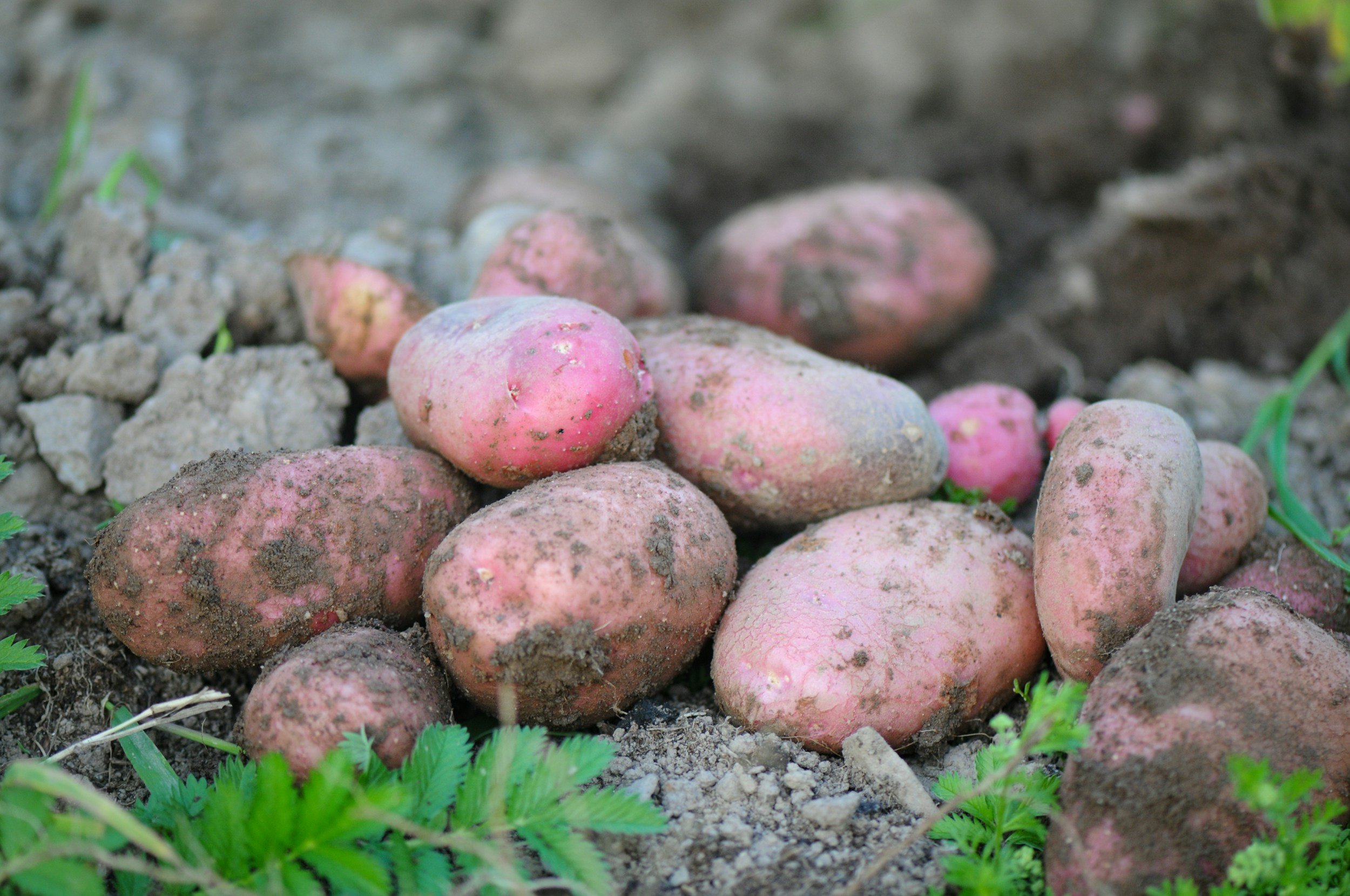
The TGC Guide to Potato Growing
In Queensland, potatoes can be grown year-round with minimal frost concern. However, we recommend planting seed potatoes in winter to ensure they’re fully grown before the summer heat and humidity arrive.
Even though the potatoes in your cupboard can sprout roots and start to grow, they are prone to many diseases so it’s crucial to source certified seed potatoes (tubers) from a nursery.
These productive and simple-to-grow crops will produce several potatoes per tuber. If you want to extend your harvest (and not end up with 150 potatoes on one day), staggering your planting is an easy way to control how many spuds you end up with.

Start by preparing your soil by clearing away any weeds and adding in plenty of organic matter such as slow-release fertiliser, compost, and manure. Make sure water can drain away from the site as too much water will rot your potatoes. If you’ve grown potatoes before, choose a different area of the garden this time and do not plant where capsicums, chillies, eggplant, or tomatoes have been grown recently as they are prone to similar diseases.
Planting Your Seed Potatoes
Plant your tubers approximately 10cm deep and 30cm apart, potatoes like sunny positions in the garden. Backfill the holes and water in with a liquid fertiliser and water solution. Mulch well. To encourage a stronger yield, you can “mound” your potatoes as they grow. This involves pulling back the mulch and covering the exposed stems and spuds with a layer of compost and soil before placing the mulch back down. Doing this will protect your new potatoes from sunlight and give them more space to grow. Regular fertilising and watering will ensure even and steady growth.
Using Potato Grow Bags
Short on garden space? Grow Bags are a great way to grow your own potatoes with minimal fuss. Look for a thick, woven bag around 45L in size. We have a limited supply of Grow Bags available for purchase at Tanby Garden Centre.
Here’s how to get started:
Add about 10cm of a mix of soil, compost, and manure to the bottom of your bag.
Place your seed potatoes on top and cover them with another layer of soil and mulch.
As the shoots emerge and grow to around 15–20cm tall, gently bury them again with more soil.
Repeat this process, layering soil as the plants grow, until your Grow Bag is full.
Keep your potatoes well-fed and watered throughout the growing season.
Before you know it, you'll be harvesting fresh, homegrown potatoes—perfect for the kitchen and a fun project for any garden size!
When to Harvest Your Potatoes
Potatoes are usually ready to harvest about three months after planting. A good sign they're ready is when the leaves have withered and the potato skins have hardened. This tough outer skin helps protect them during storage.
If you're harvesting baby (chat) potatoes earlier in the season, keep in mind they don’t have fully developed skins, so they’re more prone to rot and should be used quickly.
After harvesting, gently brush off any loose soil—there’s no need to wash them. Store your potatoes in a cool, dry, and dark place, like a pantry or shed. A hessian bag or a well-ventilated box works well to keep air circulating.
Check your stored potatoes regularly and remove any that have turned green or started to rot to help the rest stay fresh longer.
Our Favourite Types of Potatoes:
Desiree: a great all-rounder with pink skin and yellow flesh, can be roasted, mashed or sliced into chips!
Dutch cream: large, waxy potato with yellow flesh and thin skin. Rich, buttery taste works well mashed, boiled, roasted, baked, pureed.
King Edward: great when roasted or used in mash or shepherds pie. Creamy yellow skin with red blushes.
Kipfler: long bodies with yellow skin and yellow flesh. Buttery, nutty taste that works well boiled, steamed, roasted and in salads.
Nicola: known as “salad potato”. A long, oval potato with yellow skin and a buttery flavour. Is also great for mash and baking. Not good for frying.
Pontiac: red-skinned. Great for boiling, mashing and frying as chips. Not good as a baked potato.
Sebago: A long, oval-shaped spud with white flesh and yellowish-white skin. It’s a great all-rounder that can be found in most grocery stores. Can be boiled, mashed, roasted, baked, and made into chips or gnocchi.
Find Your Seed Potatoes at Tanby Garden Centre
At Tanby Garden Centre, seed potatoes arrive in the winter so be sure to sign up to our newsletters for that you don’t miss out. We also stock Grow Bags for your convenience. Visit our nursery in between Yeppoon and Emu Park to grab yours today.
Can’t find what you’re looking for?
In order to bloom, you must grow!
Grow Loyalty Club
Growing points for growing gardens!
Our Grow Loyalty Club is FREE to JOIN and rewards you with points you can redeem on future purchases.


